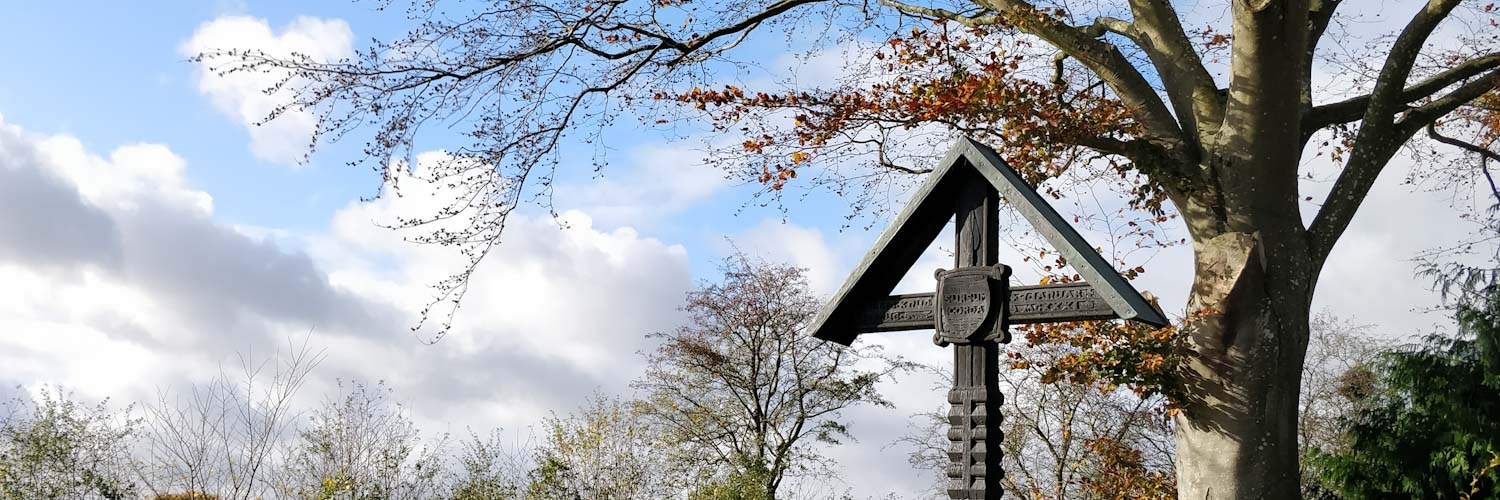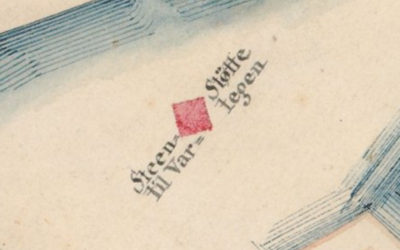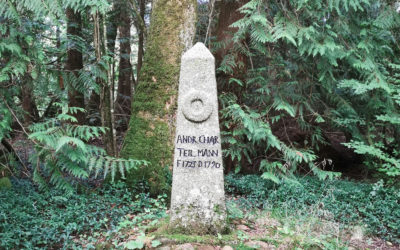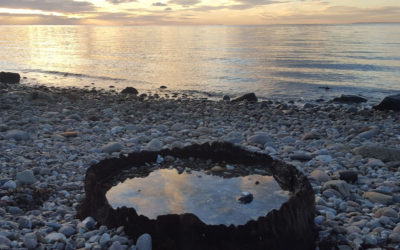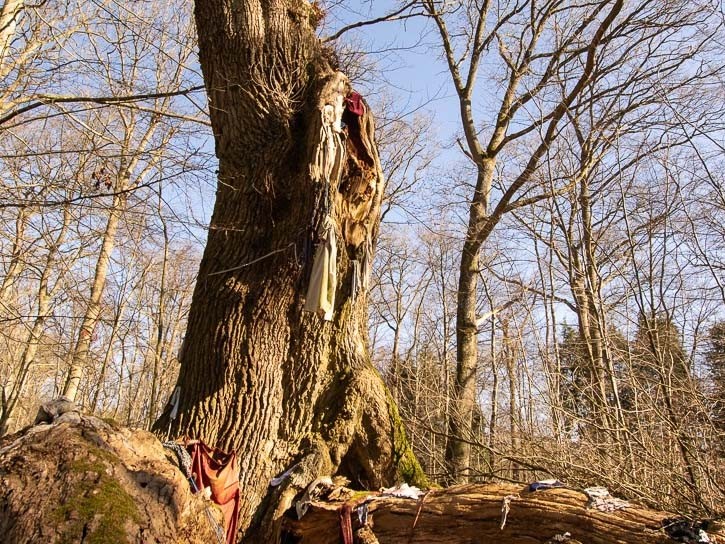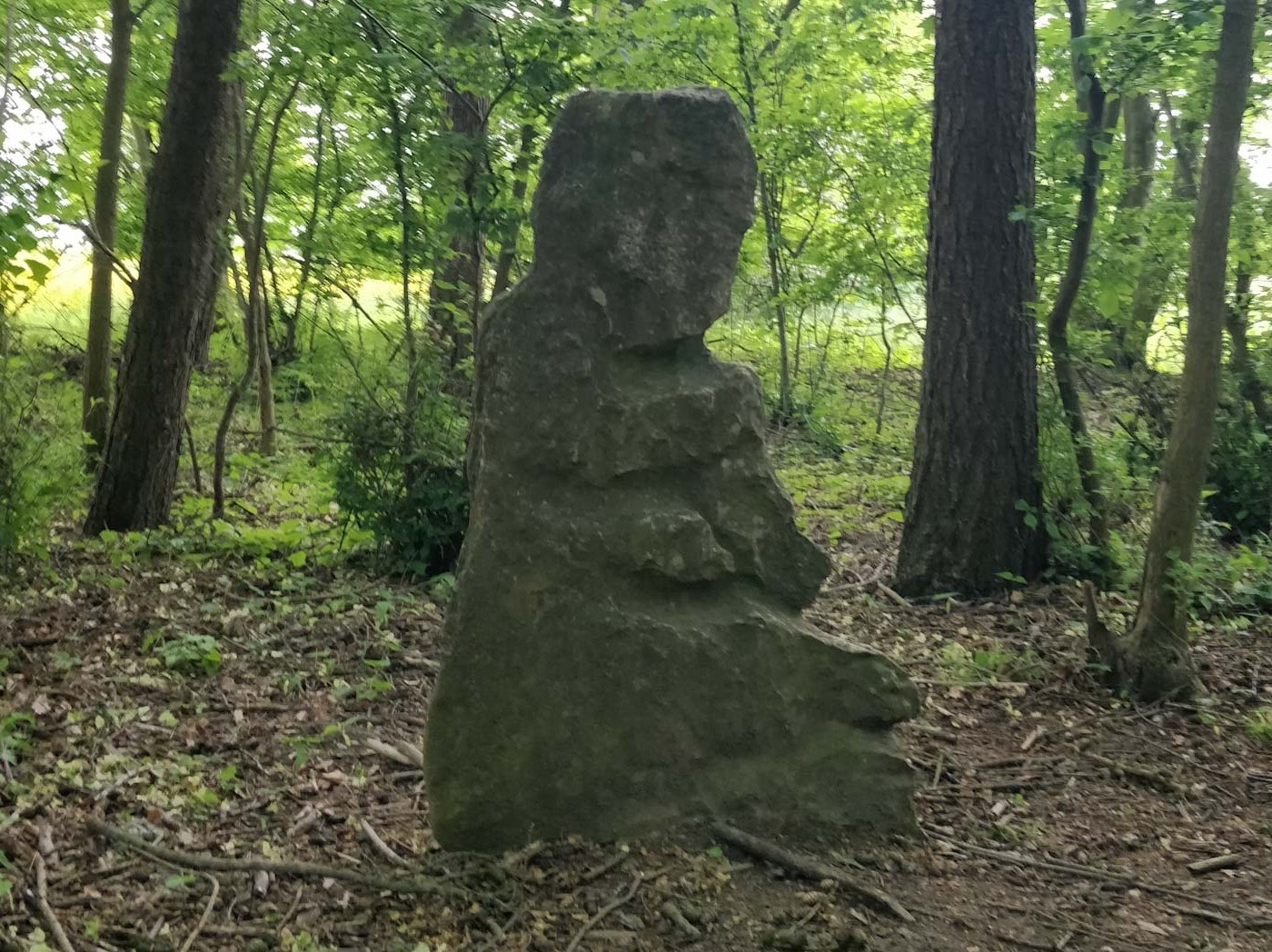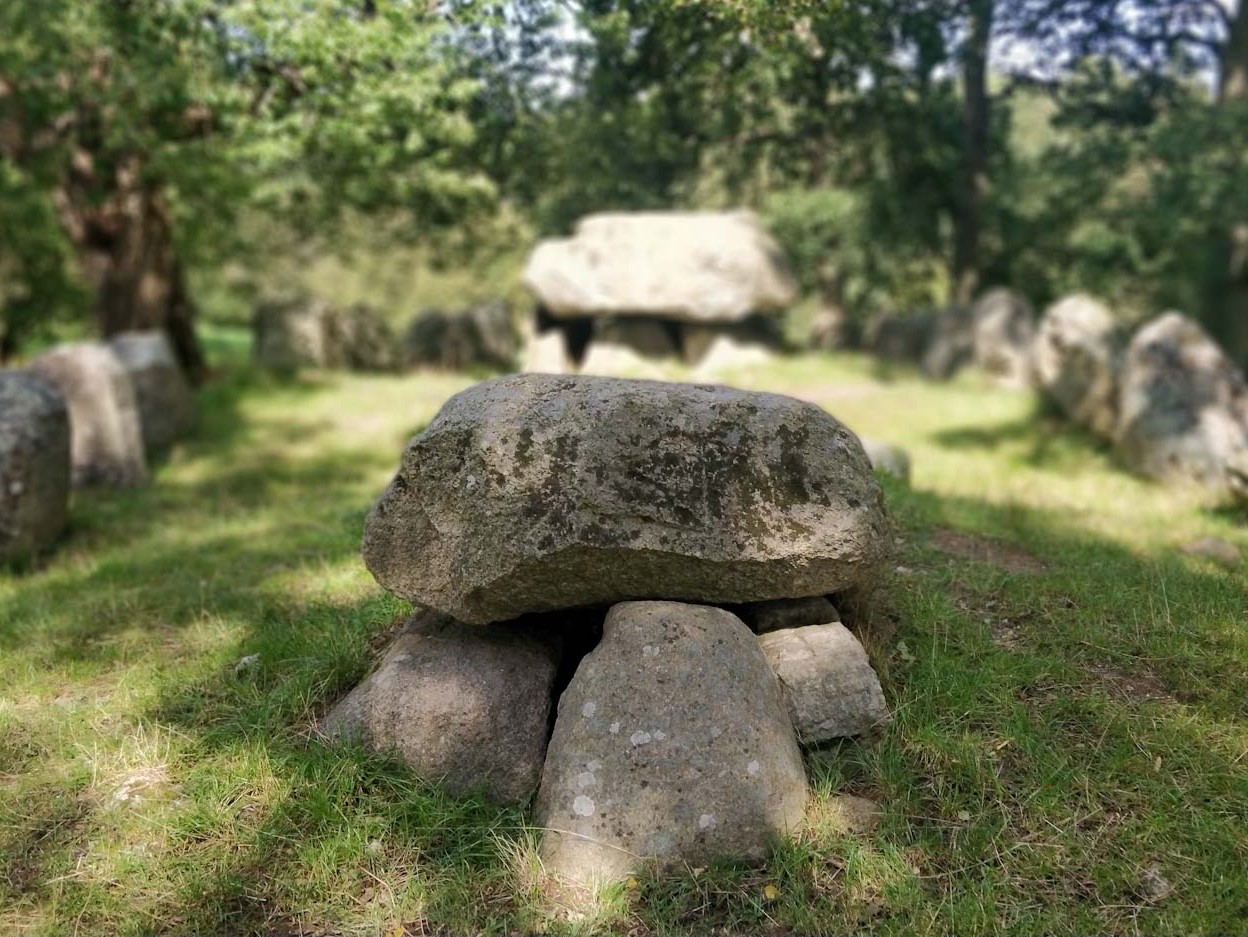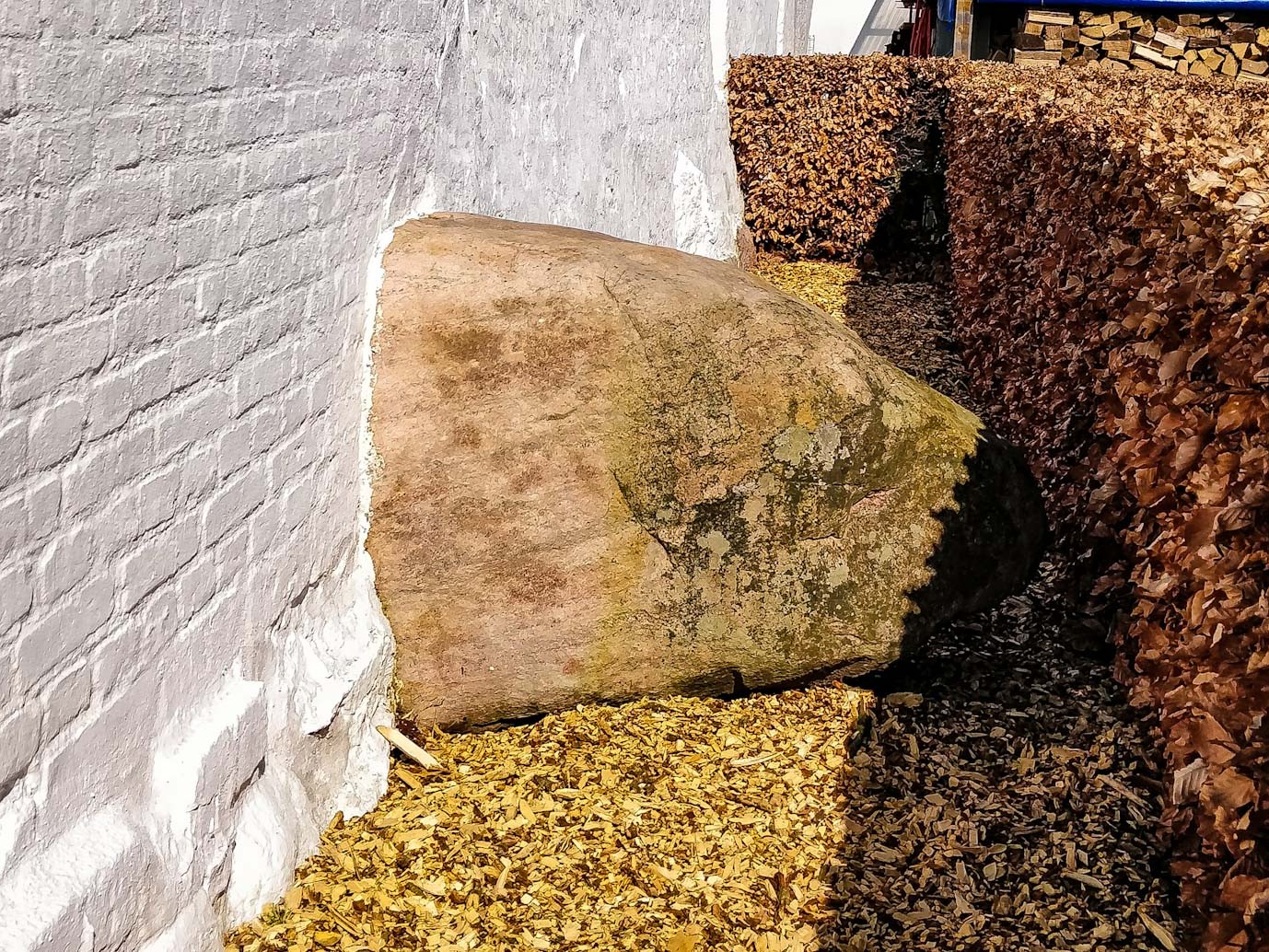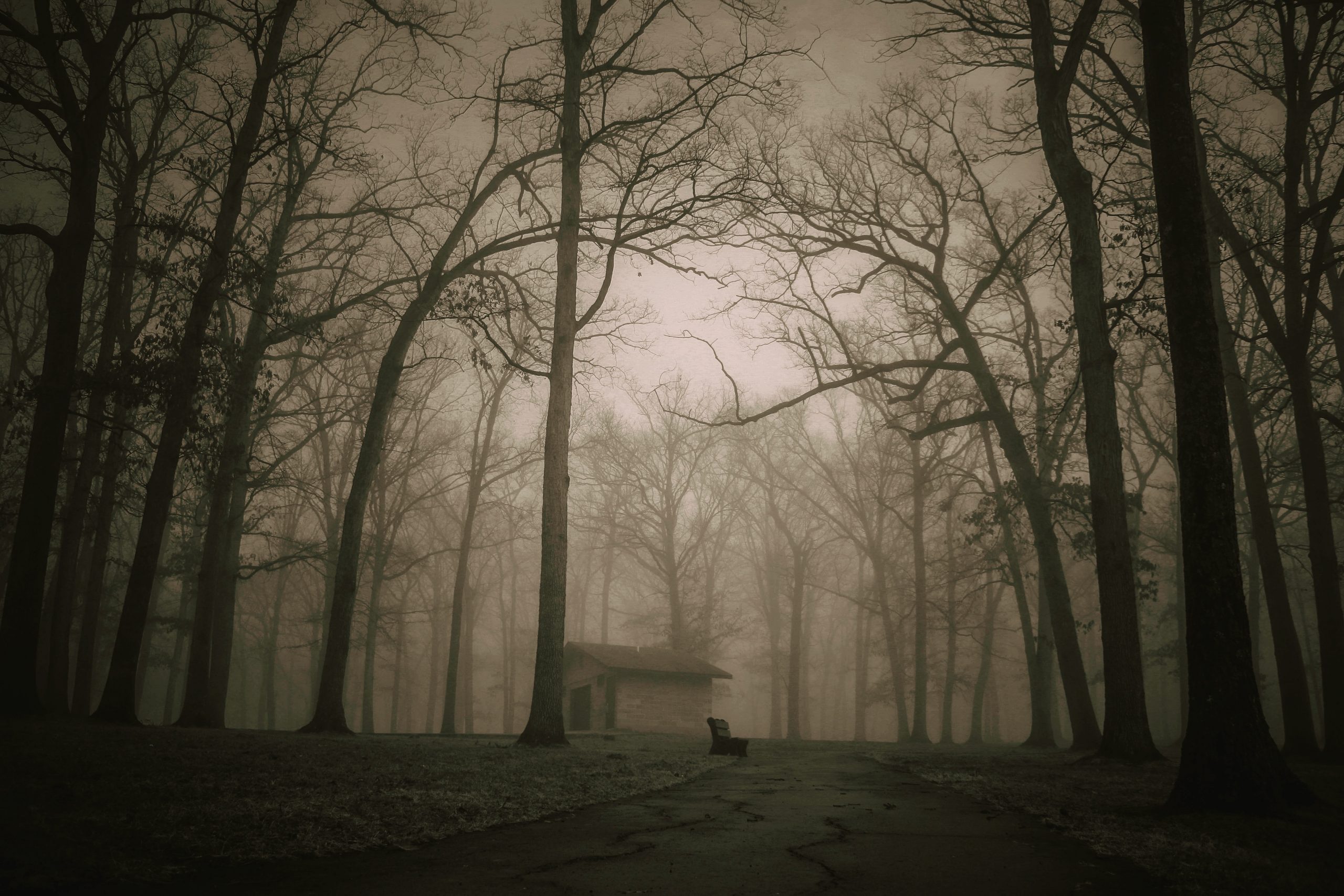GPS Link: The Chapel: 55.494266, 11.781422, The Memorial Cross: 55.495110, 11.784221
Parking: It is possible to pull up to the roadside for both locations
Good To Know:
Nearby Attractions:
Knud was a Danish prince of the Valdemarian lineage, whose increasingly close ties with Germany eventually earned him the title of Duke of Schleswig (later of Holstein). Knud was pivotal in creating peace and stability in the Danish-German border region, and in advancing the relationship with the Holy Roman Empire.
Knud’s success in these endeavours made him popular, but also earned him many enemies among Danish royalty, who questioned his loyalties and saw him as a threat to the throne. He was ambushed, trapped, and killed in Haraldsted Forest north of Ringsted, on this very date, January 7th, 1131, by his own cousin, Magnus (later king of Sweden). This event would ignite a devastating civil war lasting for 26 years.
Knud’s success in these endeavours made him popular, but also earned him many enemies among Danish royalty, who questioned his loyalties and saw him as a threat to the throne. He was ambushed, trapped, and killed in Haraldsted Forest north of Ringsted, on this very date, January 7th, 1131, by his own cousin, Magnus (later king of Sweden). This event would ignite a devastating civil war lasting for 26 years.
The popular author Palle Lauring put forward in his book “Danmark’s Håb og Horn” (Denmark’s Hope and Horn) a more controversial theory about the murder of Knud Lavard. In this he argued that it could be viewed as part of a longer occult tradition of the “King Kill”, a kind of royal sacrificial ritual that is said to manifest every 7 years throughout history.
The memory of Knud Lavard lives on in the Haraldsted area, where one can make pilgrimage to the ruins of a chapel and a memorial cross dedicated to him. The latter is one of the few Catholic roadside crosses remaining in Denmark. There once existed a holy spring around here as well, said to have manifested at the very spot where Knud died, but it dried up many years ago. Other miracles are also attributed to the area following Knud’s death, all which eventually led to his canonization by the Pope in 1169, marking his entry into the lineage of the now all but forgotten Danish saints.
Select sources
- Palle Lauring – Danmarks Håb og Horn
- Palle Lauring – Her skete Det
- Siegfred Svane – Danske Helligkilder og Lægedomskilder
- Svend C. Dahl – Sagn og Gode Fortællinger fra Sydssjælland
Tags
In the same category…
Havfruegrunden
The Mermaid Islet, in Danish “Havfruegrunden”, was a small patch of land once located in the passageway between Slotsholmen and Christianshavn. It got its name because it supposedly was a favored place of mermaids.
The Teilmann Manesten
Located deep within the woods of Nørholm in Western Jutland stands one of the few remaining “manepæle” in Denmark, with several spooky legends surrounding it
Ilsemade Holy Spring
On the beach of the south-western part of Samsø can be found an old, hollowed-out oak trunk. This is the well of a local sacred spring used for centuries if not millennia

